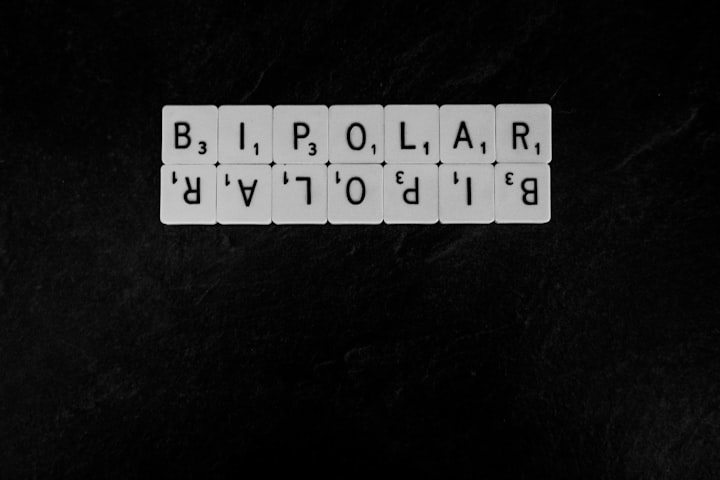Understanding PTSD: Symptoms, Causes, and Treatment Options
Understanding PTSD: Symptoms, Causes, and Treatment Options

Post-traumatic stress disorder (PTSD) is a mental health condition that can develop after a person experiences or witnesses a traumatic event. Trauma can take many forms, including natural disasters, violent crimes, military combat, and sexual assault. People with PTSD often experience a wide range of symptoms that can significantly impact their daily lives. In this article, we will discuss the symptoms, causes, and treatment options for PTSD, as well as provide some tips on how to deal with PTSD.
Symptoms of PTSD
PTSD symptoms can be divided into four categories: intrusive thoughts, avoidance behavior, negative changes in thinking and mood, and changes in physical and emotional reactions.
Intrusive thoughts can include flashbacks, nightmares, or other intense and recurring memories of the traumatic event. Avoidance behavior may involve avoiding places or people associated with the trauma, or feeling emotionally numb or detached from others. Negative changes in thinking and mood can include feelings of guilt, shame, or hopelessness, as well as difficulty sleeping, concentrating, or maintaining relationships. Changes in physical and emotional reactions may include being easily startled or feeling on edge, as well as physical symptoms such as headaches, stomachaches, or fatigue.
Causes of PTSD
PTSD can be caused by a variety of traumatic events, including natural disasters, accidents, physical or sexual assault, military combat, or witnessing a traumatic event. The severity of the trauma, the duration of exposure to the trauma, and the individual's personal history and support network can all contribute to the development of PTSD. Additionally, certain factors such as genetics, brain chemistry, and pre-existing mental health conditions may increase the risk of developing PTSD.
Treatment Options for PTSD
There are a variety of treatment options available for people with PTSD, including medication, therapy, and self-help strategies. Medications such as selective serotonin reuptake inhibitors (SSRIs) and benzodiazepines may be used to alleviate symptoms such as anxiety and insomnia. However, these medications are not a cure for PTSD and should be used in conjunction with other treatment methods.
Therapy can be an effective way to treat PTSD. One type of therapy commonly used for PTSD is cognitive-behavioral therapy (CBT), which involves identifying and changing negative thoughts and behaviors related to the trauma. Exposure therapy is another type of therapy used for PTSD, which involves gradually exposing the person to the traumatic event in a safe and controlled environment to help reduce anxiety and fear.
Self-help strategies can also be beneficial for people with PTSD. These can include activities such as exercise, mindfulness meditation, and relaxation techniques. Additionally, connecting with support groups or seeking social support from friends and family can help reduce feelings of isolation and promote healing.
How to Deal with PTSD
If you or someone you know is struggling with PTSD, there are several things you can do to help. The first step is to seek professional help. A mental health professional can help identify the best treatment options for you or your loved one, as well as provide support and guidance throughout the healing process.
In addition to seeking professional help, there are several self-care strategies that can help manage symptoms of PTSD. One strategy is to practice mindfulness meditation. Mindfulness meditation involves focusing on the present moment and accepting thoughts and feelings without judgment. This can help reduce feelings of anxiety and promote a sense of calm and relaxation.
Another self-care strategy is to practice relaxation techniques such as deep breathing or progressive muscle relaxation. These techniques can help reduce muscle tension and promote relaxation.
Exercise can also be an effective way to manage symptoms of PTSD. Exercise has been shown to reduce symptoms of depression and anxiety, as well as improve overall mood and well-being.
Connecting with others can also be helpful for managing symptoms of PTSD. Joining a support group or talking to friends and family can provide emotional support and reduce feelings of isolation. It's important to remember that you are not alone, and there are people who care and want to help.
It's also important to practice good self-care habits such as getting enough sleep, eating a healthy diet, and avoiding drugs and alcohol. These habits can help improve overall physical and mental health and reduce the risk of exacerbating PTSD symptoms.
In conclusion, PTSD is a mental health condition that can develop after experiencing or witnessing a traumatic event. Symptoms can be severe and impact daily life, but there are a variety of treatment options available, including medication, therapy, and self-help strategies. It's important to seek professional help and practice good self-care habits to manage symptoms and promote healing. If you or someone you know is struggling with PTSD, remember that you are not alone, and there are people and resources available to help.





Comments
There are no comments for this story
Be the first to respond and start the conversation.